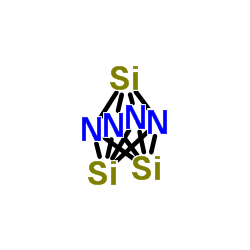Microfluidic devices for X-ray studies on hydrated cells.
Britta Weinhausen, Sarah Köster
Index: Lab Chip 13(2) , 212-5, (2013)
Full Text: HTML
Abstract
X-ray studies of biological cells in microfluidic devices provide a method to probe cellular structures or structural changes at the molecular level in a precisely controlled environment. However, the device design and the used materials must be compatible with X-ray scattering techniques as well as the cell culture in the devices. For this purpose, we develop new types of X-ray compatible microfluidic devices, which are based on a UV-curable adhesive as a moldable material, and thin Kapton films and silicon nitride membrane windows as a growth substrate for cells and as a window material for X-rays. Using these devices, we perform scanning X-ray diffraction experiments with a nano-focused beam on fixed cells in buffer solution. In principle, these microfluidic devices also allow for X-ray studies on living cells.
Related Compounds
| Structure | Name/CAS No. | Molecular Formula | Articles |
|---|---|---|---|
 |
Silicon nitride
CAS:12033-89-5 |
N4Si3 |
|
K(+) , Na(+) , and Mg(2+) on DNA translocation in silicon ni...
2012-12-01 [Electrophoresis 33(23) , 3448-57, (2012)] |
|
Fabrication and characterization of nanopores with insulated...
2012-12-01 [Electrophoresis 33(23) , 3488-96, (2012)] |
|
Quantitative probing of surface charges at dielectric-electr...
2013-04-07 [Lab Chip 13(7) , 1431-6, (2013)] |
|
Protein adsorption and covalent bonding to silicon nitride s...
2013-06-01 [Colloids Surf. B Biointerfaces 110 , 217-24, (2013)] |
|
Nanopore-spanning lipid bilayers on silicon nitride membrane...
2013-04-09 [Langmuir 29(14) , 4421-5, (2013)] |